June, 2025
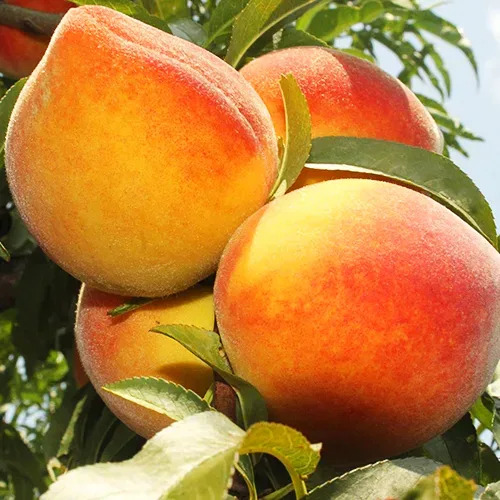
Stone Fruit
Continue to spray your plums and peaches for plum curculio about every 2 to 3 weeks with Mal-A-Cide (50% Malathion). You can also use Monterey Garden Insect Spray (0.5% Spinosad).
Spray peaches for fungal diseases. Your sprays should be about 2 to 3 weeks apart now. Suggested products are Hi Yield Captan Fungicide,Thiomyl, Dusting/Wettable sulfur. When using Thiomyl include Captan in the spray to reduce the possibility to developing resistant strains of brown rot.
Apples, Pears and Pomegranates
If you were seeing corky spots on your apples last year try adding 2 to 3 tablespoons of calcium nitrate to all the sprays for your apples and pears. It should help solve this problem
Check your apples and pears for fire blight. This bacterial disease causes the leaves and new shoots to turn brown or black and appear as if burned. If you find any, cut out the branches about 4″ below the infected area, making sure to disinfect your clippers each time you make a cut. Use a 10% clorox solution. This reduces your chances of spreading the disease.
Pomegranates like an alkaline soil. Lack of calcium will cause the pomegranate to crack. Calcium nitrate added to any sprays you may be putting on your plants or adding some calcium nitrate around the base of your plant and watering it in should help with this problem.
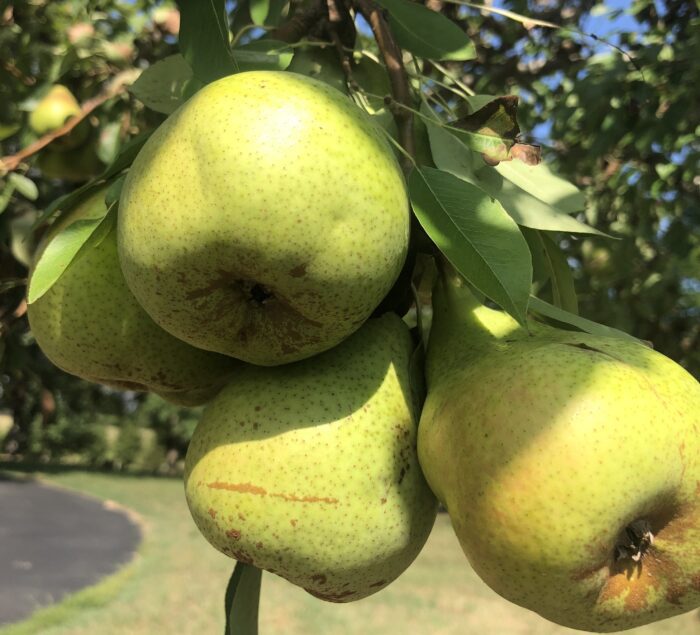
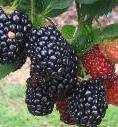
Planting Blueberries and Blackberries
Blackberries and blueberries can be planted most any time of year as long as you are able to keep them watered during the dry season. As far as maintenance, at this time of year, there is nothing to be done with either of these plants until the harvest is finished. Once finished picking, you may prune your blueberries to control the size and to raise the ‘skirt’, the lower branches that lie on the ground when full of fruit. It is a good idea to fertilize again to promote new growth for next year’s crop.
Blackberries will start putting up new primocanes; remove them as they appear so they do not interfere with picking. Once finished picking, remove all canes that fruited this year and start over trellising them by choosing two new canes and training them on your wires. Fertilize at this time to promote new growth. Watch Dr. Powell’s blackberry pruning video on our website for a complete guide to pruning and trellising your berry plants.
Pruning
You may now start to prune back the spring only flowering roses. They may be pruned hard at this time and then the rest of the year just prune to shape. Fertilize them when you are finished.
The repeat flowering roses can be deadheaded at this time and pruned for shape. It is also a good time to give them some fertilizer.
If you haven’t done so already, prune your spring flowering shrubs such as forsythia and azaleas. Pruning later in the season will cut off next year’s flower buds. Prune arborvitaes, evergreen shrubs, juniper, yew, and hemlock for shape after their main spring growth is complete. Continue to mulch your planting beds with shredded pine park mulch or pinestraw to conserve water and prevent weeds. It is best to use pine straw on slopes since the pine bark may wash away.
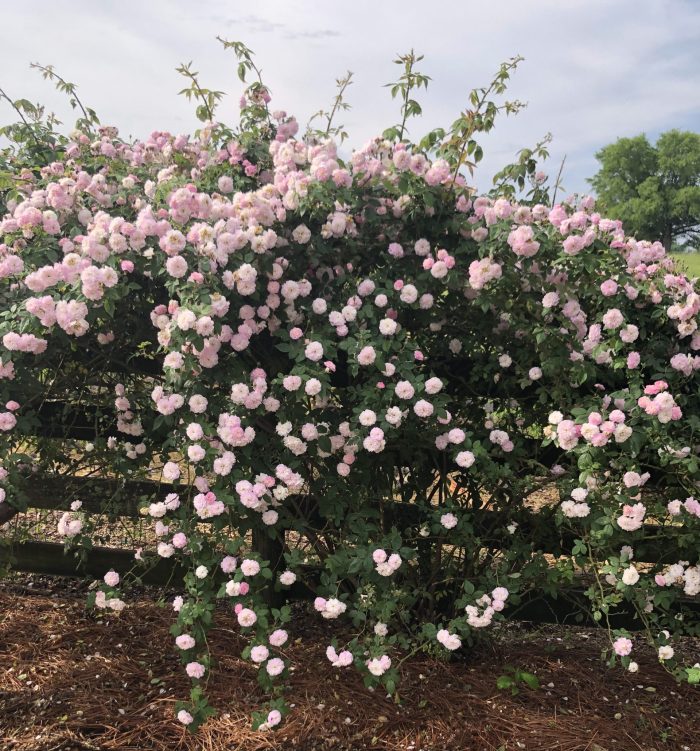
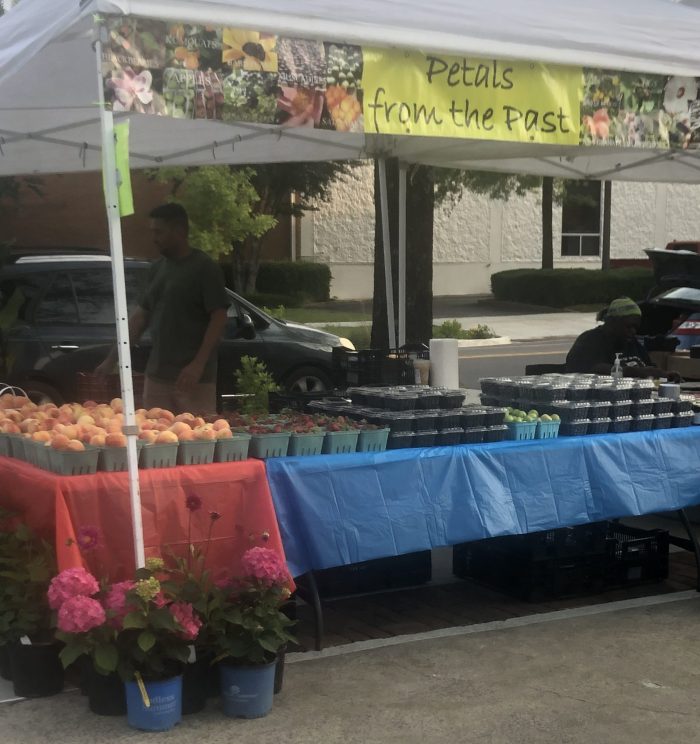
Pepper Place
Petals is back at Pepper Place. Every Saturday morning at 4:45am Blake and his crew head out for Pepper Place loaded with fruit from our gardens and lots of Interesting plants.
If you are looking for something fun and interesting to do on Saturday morning from 7:00am to 12:00 noon think about going to Pepper Place. Here is a link to Pepper Place Market. Check it out!!
Kousa Dogwood
Sue and I were taking a walk in the permaculture area and found this lovely tree in full boom. It was stunning! It is a Kousa Dogwood and we discovered the variety was Milky Way. There was hardly a place to fit another flower on the whole tree. This tree blooms about a month after the our native dogwood and grows to about 20 to 30 feet.
While we have been unable to find this selection to offer it to our customers, it was just so beautiful that I wanted to share it.
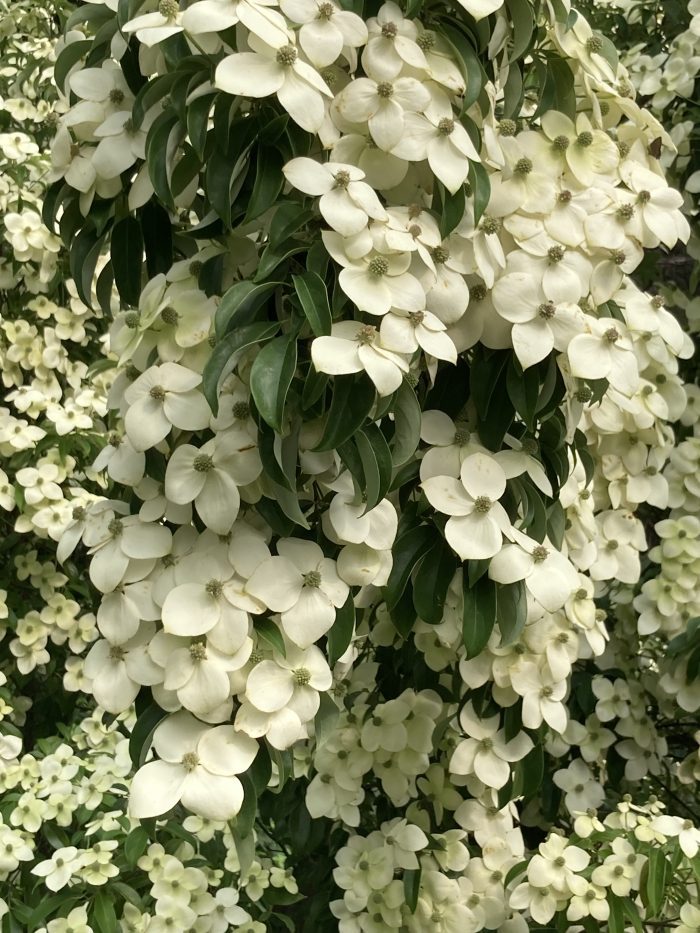
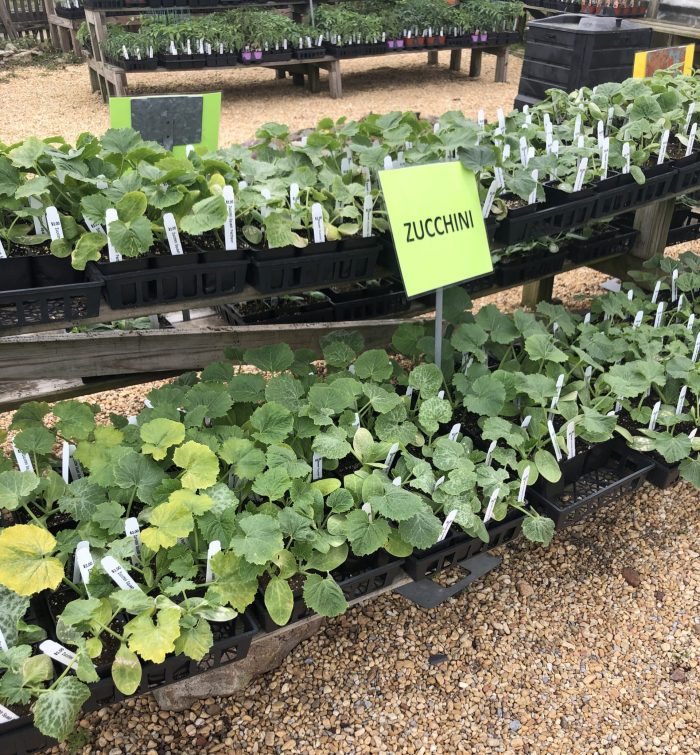
Vegetable Gardening
It is never to late to start a vegetable garden. We have a good supply of tomato plants right now, Heirloom, slicing tomatoes, Hybrid and Cherry tomatoes. We also have pepper plants, squash and cucumbers. Plus other vegetable plants.
Be on the look out for cabbage loopers and tomato horn worms. They can ruin your crop in a very short time. Use Dipel dust or Sevin to control these pests.
Squash vine borers can be a problem on your squash plants. Check your plants daily for signs of yellowing and break off the affected pieces. A row cover can be effective but should be removed for pollination. If you are seeing a dark colored end on your fruit you may have blossom end rot. It is due to a calcium deficiency. It can be remedied by applying the appropriate amount of lime.
Zinnnia
Zinnia seeds and sunflowers can also be planted throughout the summer. If you are planting a large row of zinnias mix your seed with a little builders sand to keep the seeds from clumping together in one area and being too crowded.
There are two diseases that effect zinnias powdery mildew and Alternaria blight. Powdery mildew is easily recognized by the white powdery growth of fungus of the leaves and stems.
Baking soda has been proven by many gardeners to be effective in treating powdery mildew. Mix 1 teaspoon of baking soda in 1 quart of water. Spray plants thoroughly, as the solution will only kill the fungus that it comes into contact with.
Spotting on the foliage is the most conspicuous sign of Alternaria blight. The spots are reddish brown and have grayish-white centers. Some preventative measures you can take are cleaning up debris; bury or burn if possible. The fungus may remain associated with plant material for 2 years. A two-year rotation schedule is satisfactory for home gardens and small isolated areas where disease spread can be limited. Do not use overhead irrigation. Water at the base of plants.
You can use protectant fungicides. Spray seedlings and young plants with azoxystrobin (Heritage), chlorothalonil (Daconil), copper, ferbam, mancozeb, or maneb.
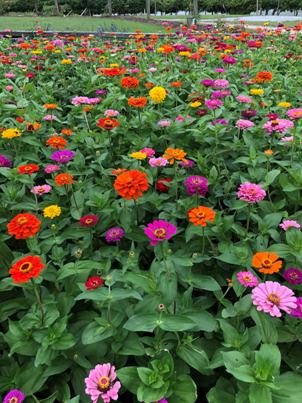
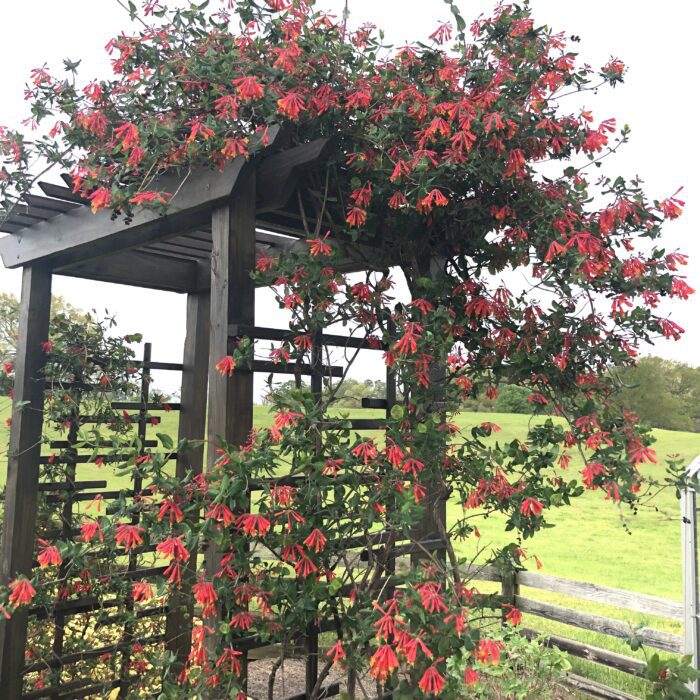
Hummingbirds
If you haven’t put out your hummingbird feeders yet it is time to do so. Although there are over 300 species of hummingbirds in the world, the most popular one in Alabama is the Ruby Throated Hummingbird. A simple homemade nectar is 1 part granulated sugar to 4 parts water. No need for the red food coloring. Always use granulated sugar and not honey, brown sugar, molasses or artificial sweetener. The Hummingbirds are not able digest the molasses, brown sugar or honey. The artificial sweetener does not have any nutrients in it. Plus these mixtures also ferment more quickly. The mixture should be boiled to kill any bacteria and mold in the water then it can be stored in the refrigerator for approximately one week. Make sure to keep your feeders clean and free of mold. Use plain warm water to clean the feeder and if you have to use dish detergent rinse it well to remove any residue of the detergent before refilling.
It is a good idea to have plants that attract hummingbirds as well as feeders. They seem to find tubular red or orange flowers very attractive but will feed from many others as well. Just a few are Coral Honeysuckle, all the Salvias, Trumpet Vine, Bee Balm just to name a few.
Greenhouse Sale
Mark your calendars for the Greenhouse sale on June 21, from 7:00am to 2:00pm. We offer all our plants in the greenhouse growing area at wholesale prices. If you are planning to do some additional landscaping this would be the sale for you.

